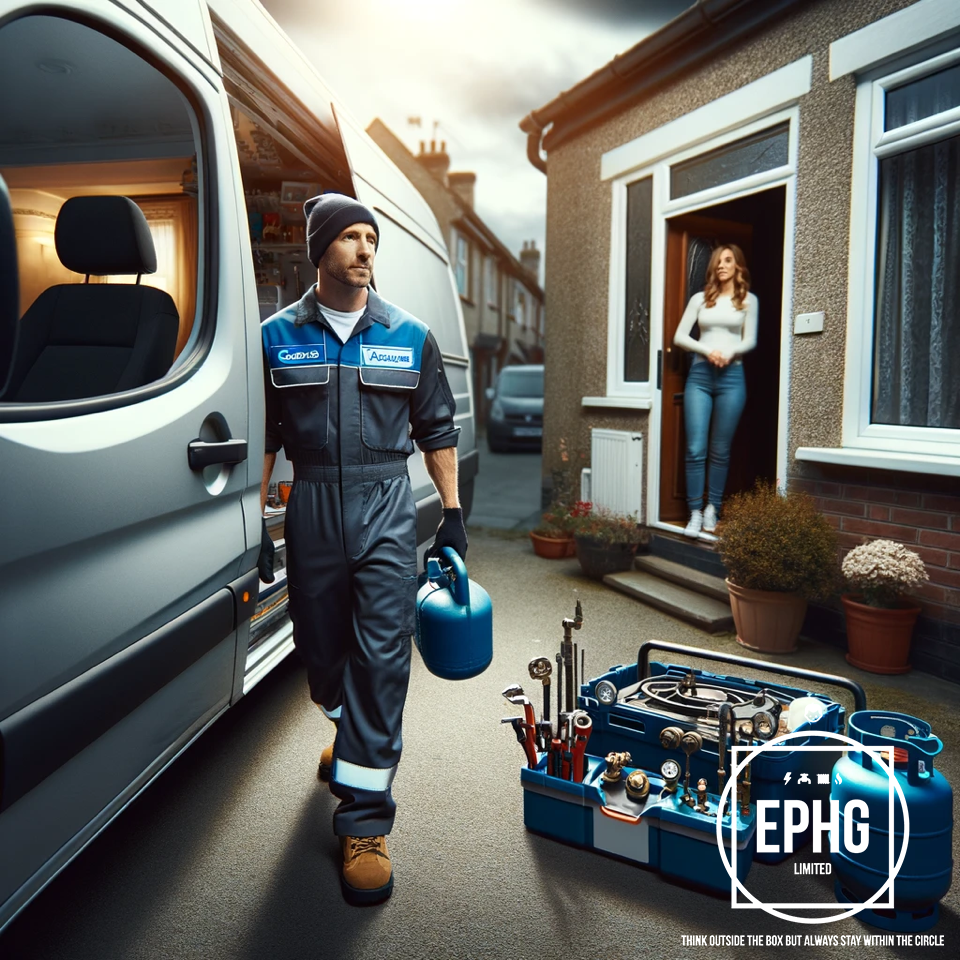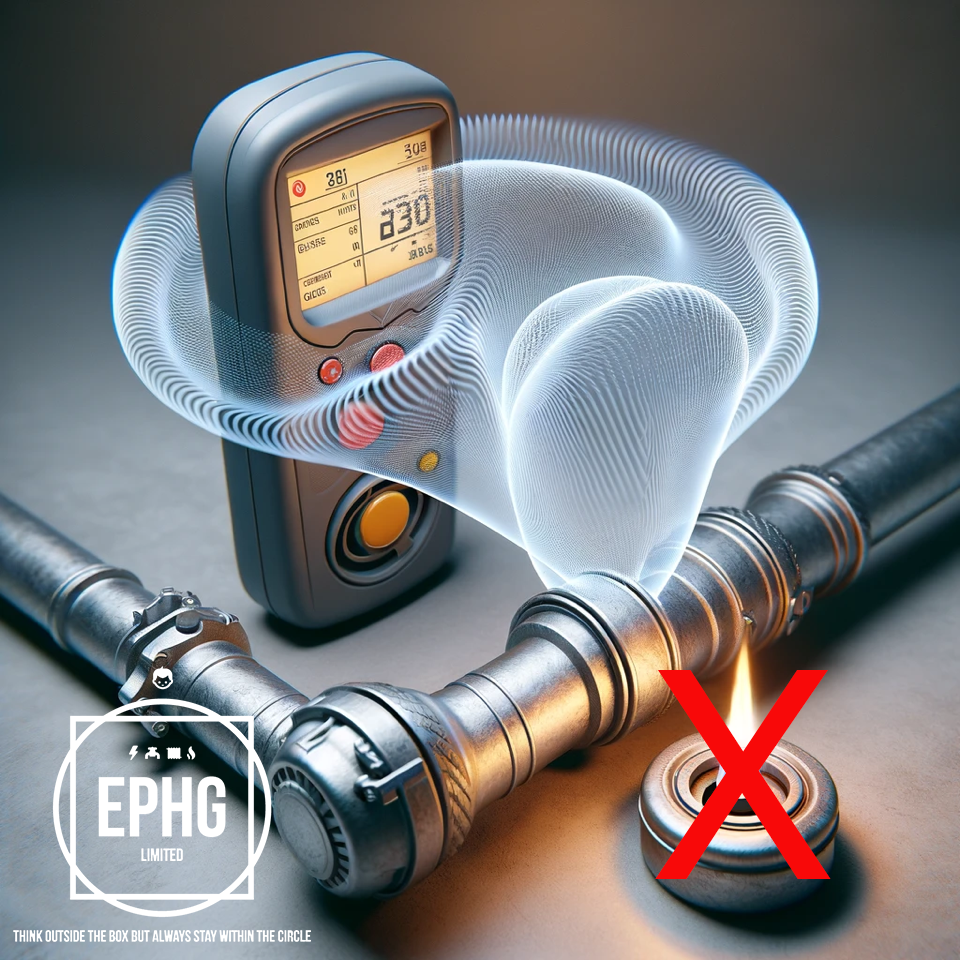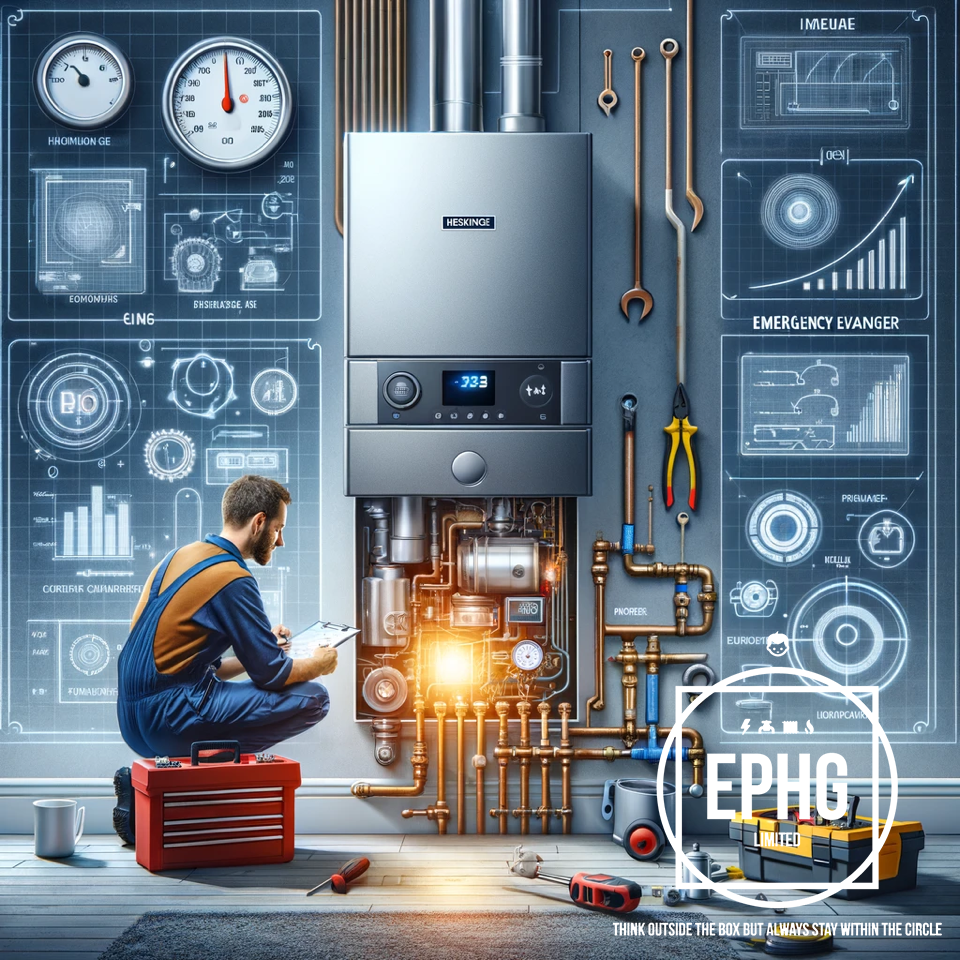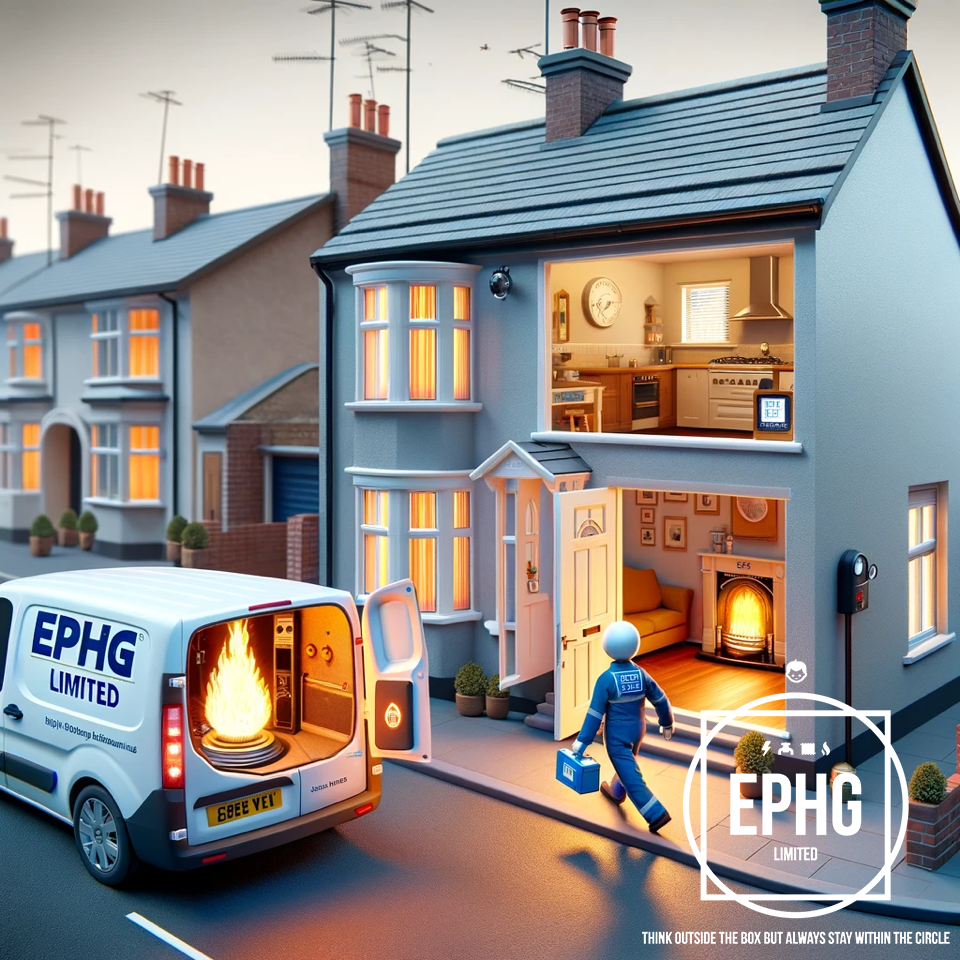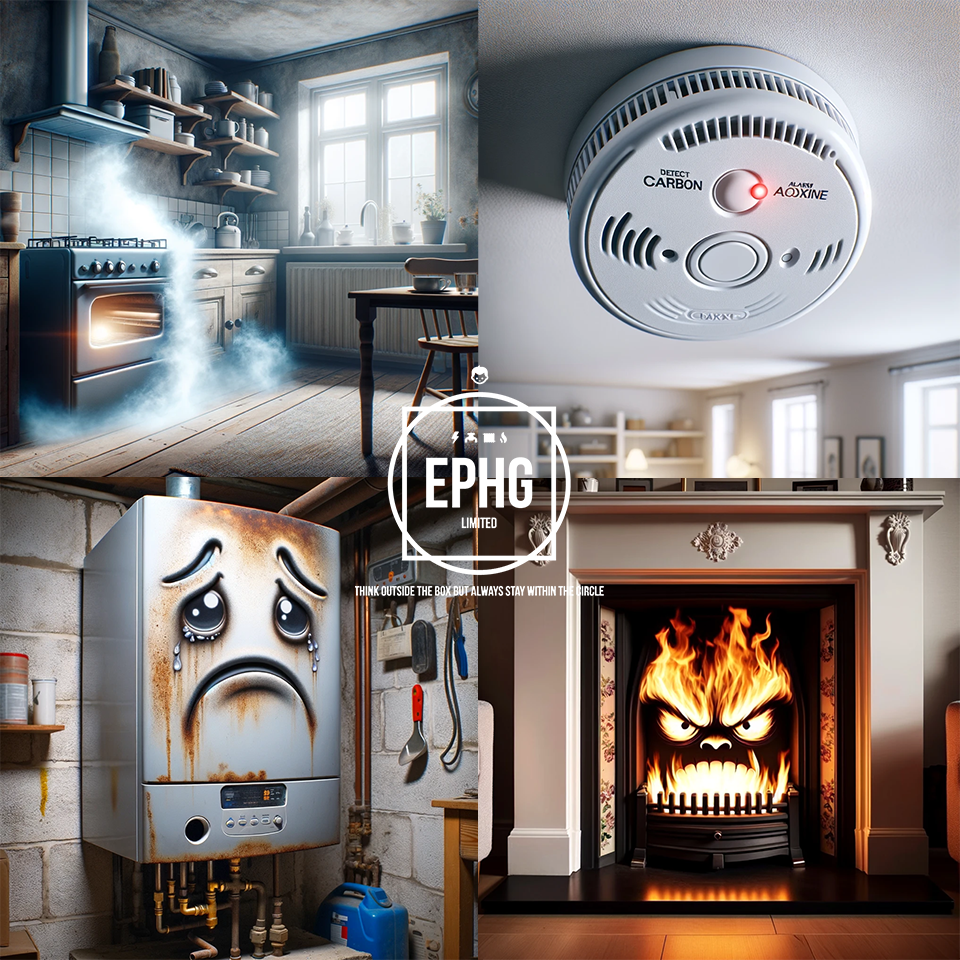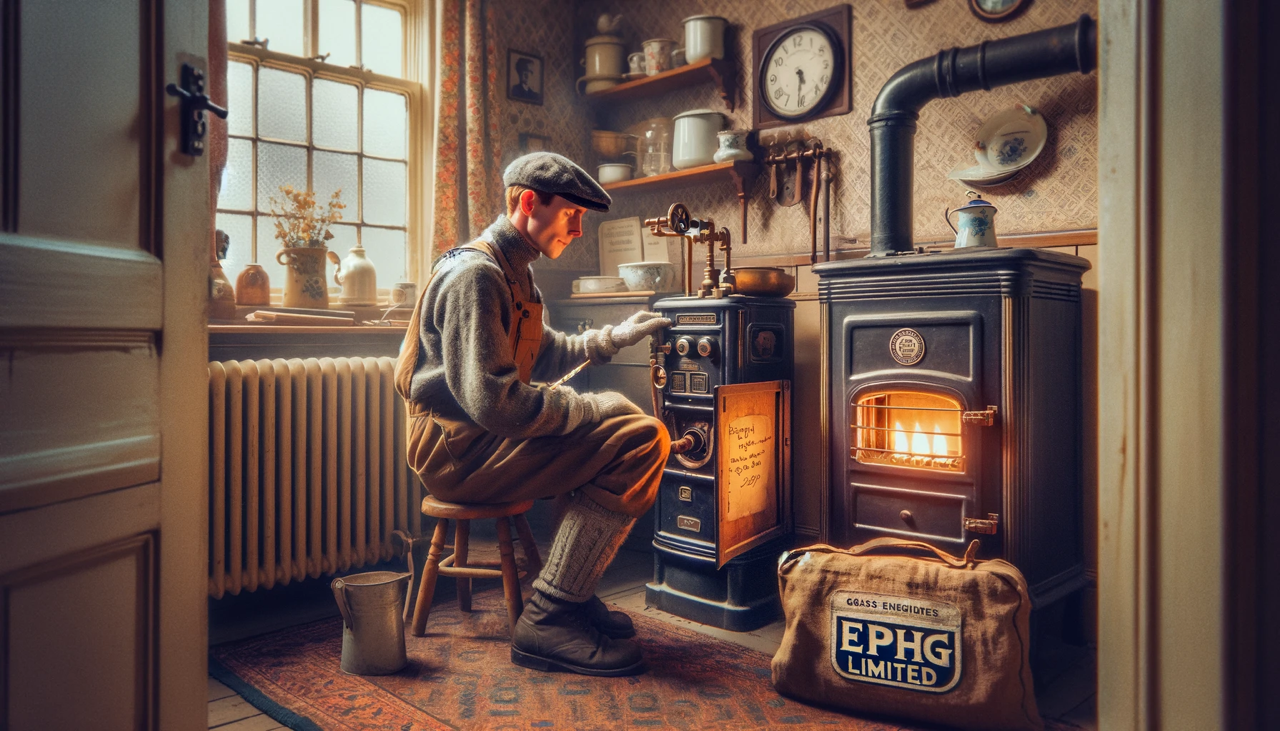

Understanding Part L of the UK Building Regulations: A Guide for Homeowners
When it comes to constructing or renovating buildings in the UK, compliance with Building Regulations is crucial, particularly Part L, which focuses on the conservation of fuel and power. This article delves into the specifics of "what is Part L" and why it's significant for homeowners, builders, and architects alike. Additionally, we'll touch on the critical role of an emergency heating engineer in ensuring your home heating system complies with these regulations.
What is Part L?
Part L of the Building Regulations is dedicated to the conservation of fuel and power in both residential and commercial buildings. Its primary aim is to improve the energy efficiency of buildings, thereby reducing carbon emissions and supporting the UK's environmental and sustainability goals. Part L sets forth criteria for the design and construction of buildings to ensure they use fuel and power in an efficient manner.
The regulation is divided into four sections: Part L1A and L1B focus on dwellings (new and existing, respectively), while Part L2A and L2B cover new and existing buildings other than dwellings. Whether it's the insulation levels, the efficiency of heating and hot water systems, or the use of renewable energy sources, Part L provides comprehensive guidance on making buildings more energy-efficient.
The Importance of Compliance: Compliance with Part L is not just about adhering to legal requirements; it's also about embracing energy efficiency and sustainability in building projects. For new constructions, this means designing buildings that not only meet current energy efficiency standards but are also future-proofed against upcoming regulations. For renovations or extensions, it involves upgrading existing structures to be more energy-efficient, which can lead to significant savings on energy bills and a reduced carbon footprint.
How an Emergency Heating Engineer Can Help
An emergency heating engineer plays a vital role in ensuring that your home's heating system is efficient, safe, and compliant with Part L regulations. They are experts in diagnosing and repairing any issues with your heating system, from boilers to radiators and thermostats. In the context of Part L, an emergency heating engineer can:
- Assess and Improve Efficiency: They can evaluate your current heating system's efficiency and suggest improvements or replacements as necessary to comply with Part L.
- Emergency Repairs: In the event of a heating system failure, especially during cold months, an emergency heating engineer can provide swift repairs to minimize discomfort and prevent further energy wastage.
- Regular Maintenance: Routine checks by a certified engineer can ensure your heating system operates at peak efficiency, aligning with Part L's goals of energy conservation.
Conclusion: "What is Part L" is more than just a regulatory requirement; it's a commitment to building energy-efficient, sustainable homes and buildings in the UK. By understanding and complying with these regulations, homeowners can contribute to a greener environment while enjoying cost savings. In ensuring compliance and addressing any heating system issues, the expertise of an emergency heating engineer is invaluable. Not only do they ensure your heating system is efficient and reliable, but they also play a crucial role in meeting the energy conservation goals outlined in Part L.
Extended information about Part L
Part L is divided into four sections, each targeting different types of buildings or aspects of construction:
- Part L1A: New dwellings - This section specifies the energy efficiency requirements for new residential buildings. It includes standards for thermal insulation, heating and hot water systems, lighting, and other factors that influence a building's energy consumption.
- Part L1B: Existing dwellings - This applies to extensions, conversions, and renovations of existing residential buildings. It sets out requirements for improving energy efficiency when homeowners make significant changes to their properties.
- Part L2A: New buildings other than dwellings - This section covers new commercial buildings, including offices, shops, and public buildings, setting out energy efficiency standards similar to those for new dwellings.
- Part L2B: Existing buildings other than dwellings - Like Part L1B, but for non-residential buildings, it governs extensions, conversions, and renovations, specifying how energy efficiency should be improved in these cases.
Part L is regularly updated to reflect advances in building technology, materials, and practices, as well as to align with evolving government policies on energy and climate change. For example, changes might include stricter insulation requirements, the incorporation of renewable energy sources, or the introduction of new methodologies for calculating energy performance.
Compliance with Part L is demonstrated through the use of Standard Assessment Procedure (SAP) for dwellings or Simplified Building Energy Model (SBEM) for non-dwellings, which are methods for assessing and comparing the energy and environmental performance of buildings.


